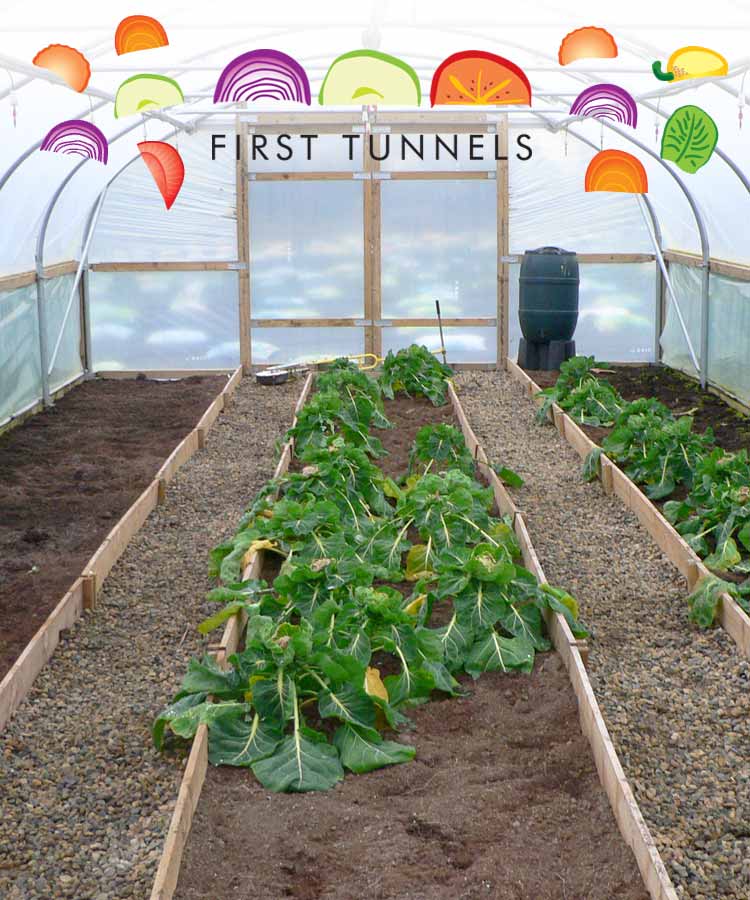One of the first questions often asked by those who have just bought a polytunnel is how they should best lay it out. It is important to think about how to layout a polytunnel before you begin. The wrong layout can be a pain for those using it and can reduce the amount of usable space in your polytunnel. While, ultimately, a lot of the layout decisions will come down to personal preference, here are a few points that you should consider before determining a final polytunnel layout design:
Of course, access is key to polytunnel layout. A person must be able to fit between all the plants and, since a polytunnel can quickly fill up, this can sometimes be easier said than done. While a small amount of squeezing between plants is to be expected in the height of summer, getting the paths right from the get-go can really make a gardener's life a lot easier.
Usually, gardeners will go for one path, or two paths. The most common layout for smaller tunnels is simply to have the path running down the middle of the polytunnel. This gives two growing sections, one either side of the path. It does mean, however, that the 'head height' for plants is reduced to the lower sections at the edges of the tunnel. Still, it is usually the best and really the only option for tunnels of around 8ft or less.
For tunnels that are 12ft or wider, two paths, with edge beds and a central bed, are the norm, providing more bed space, while still ensuring good access. 10ft polytunnels are borderline and the choice between two and three growing areas should be made depending on exact situation and personal preferences.
In a polytunnel, the aim is always to maximise growing space as much as possible. However, growing space should not be maximised to the degree that it is difficult to manage for the gardener. Getting you your plants, tending and harvesting them, means that you should always make sure that your paths are wide enough. Paths of around 1ft in width are usually sufficient, though some clever systems work out paths even narrower than that. Of course, common sense should be used. If you have a larger tunnel, a wheelbarrow and raised beds, a wider space between beds may well be required.
How wide beds should be is partly a matter of personal preference. Some do not mind having wide beds that they cannot reach across, happy to lay boards to reach things at the back, while others will keep everything within arms reach to make things easier.
Whichever you choose, the key is to maximise edge. Edges are the most productive parts of an ecosystem. Sometimes, more edge can be provided by making more, smaller beds, while at other times more edge can be provided by making a larger, wider bed with keyhole shape (which also allows access to wider sections).
